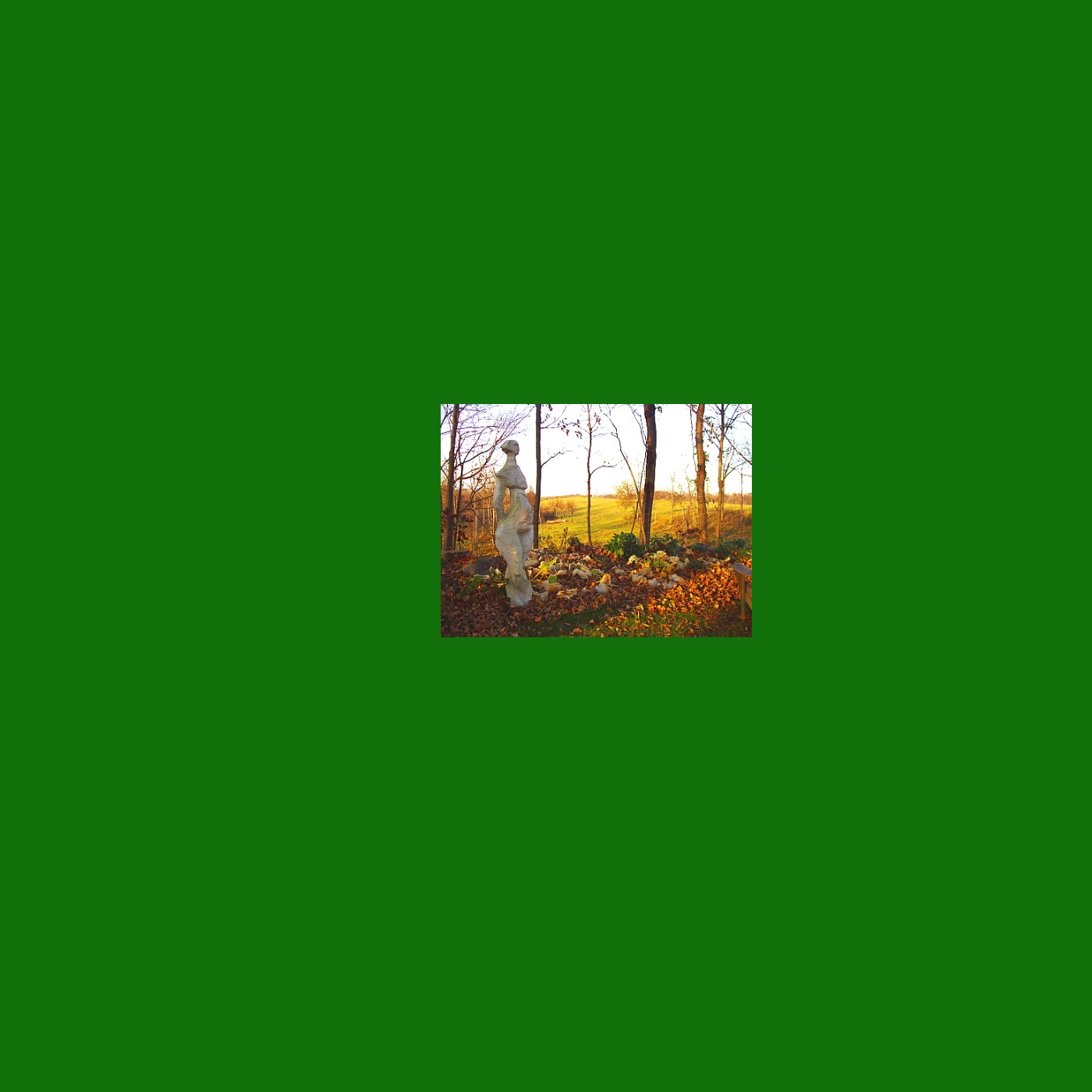
As part of my fall leek seeding project, I have tried to clear some trenches that I left fallow all season. That effort has involved removing one of the most prolific and stubborn weedy invaders on the farm, mugwort. Mugwort seems to send out root runners to spread everywhere, and where I wasn’t assiduous about pulling it early in the season it is now often shoulder high. Depending on the characteristics of the soil it is sometimes easy to remove in a very satisfying way, as one good pull brings up a whole clump with interconnected roots in one try. But sometimes it’s quite tenacious. While I have it mostly under control in the vegetable garden, some areas, like the long enclosure where I had the portable pen for our freedom ranger chickens, are just too big and too thick with mugwort to make weeding practicable. I’ve taken to letting the sheep in there to graze on it, which they quite enjoy.

Last week, while struggling with a particularly resistant mugwort clump, I found myself wondering whether there might be a commercial use for the weed, a way to turn a curse into a benefit. I had heard speak of its use as a medicinal herb, but I wondered whether one could just harvest massive quantities and process it into something useful. Yesterday, I found out.
I was visiting my friend, Anita, in the Berkshires, for an early dinner. I arrived before dark and had time to take a brief tour of her meticulously groomed and lovingly laid out vegetable garden, which has always impressed me. Anita was a long time friend of my late partner, Peter, who met her in the 1970s when he opened his weaving gallery in South Egremont, Massachusetts, across the street from a health food store, the first of its kind in the area, which had been established by Anita. He became fast friends with her and her husband, Bob, an architect and rug enthusiast. Indeed, the portico, screened porch, mud room and kitchen of my farmhouse are all the products of a design collaboration between Peter and Bob, who received rugs in exchange for his architectural services. With Peter and Bob both gone, it pleases me to have kept the connection with Anita.
Anita has a prodigious knowledge of plants and their culinary uses. She is an inveterate forager who as a girl learned about the edible environment (in the same town she lives in today) from her grandmother. I’ve long wanted to do an interview with Anita for this bulletin. She has always demurred. But rare is the visit when I don’t come away with some novel taste combination or valuable new knowledge. Last night, the novel taste combination was poached quince from her spectacular crop of big yellow quinces (they put mine to shame), in yoghurt, accented by a heavenly lavender syrup she had made. The valuable new knowledge was learning of moxibustion.
As I viewed the garden Anita pointed out a section of stone wall that she was having rebuilt, and another section where she had weeded everything out to make space for an extension of that wall. She said what she pulled out there was mugwort she had planted years ago. “You planted mugwort?” I asked incredulously. Why would you plant such an invasive pest? Anita explained that there were various uses for it, and then she mentioned a term I had never heard before, “moxibustion”. As a little quick research revealed, moxibustion is a technique used in Traditional Chinese Medicine in which either cones of ground mugwort leaf (also called moxa leaf) are applied directly to particular points in the body, creating scarring, or the smoke from tightly tied sheaves of those dried leaves is brought close to those points, with a variety of insulators including air, garlic or ginger providing different degrees of heat transfer. The contact points follow, as I understand it, the acupuncture pressure points.
Mugwort, via moxibustion or otherwise, has apparently been used in Traditional Chinese Medicine for 2500 years for hundreds of different ailments. The history and theory of its use are surveyed in a 2013 article, The Mechanism of Moxibustion: Ancient Theory and Modern Research (https://www.ncbi.nlm.nih.gov/pmc/articles/PMC3789413/), by Hongyong Deng and Zueyong Shen in the journal Evidence-based Complementary and Alternative Medicine, available in a database of biotechnology information maintained by the National Institutes of Health. The authors cite scientific studies showing demonstrated positive effects of moxibustion in treating such ailments as knee osteoarthritis and bradychardia as reasons that should prompt further study.
So there I have it, a way to profit from an out of control weed, and thence to turn my dinky little farm into an economic powerhouse. I just have to chop off 2 foot sections of mugwort, create sheaves of stalks using cotton string, dry them out properly, and sell them on Etsy for $14 a bunch, which appears to be the going price. Moxibustion hasn’t yet been tested on COVID-19, but hey, that didn’t prevent hydroxychloroquine from getting a presidential endorsement. What have you got to lose?
Speaking of which, I think the President might quite admire my resourcefulness. Smart businessmen prosper by capitalizing on underutilized resources. So dedicated is Mr. Trump to this approach, we learned in this week’s second presidential debate, that he imported it into operating the government. The policy of separating children from their asylum-seeking parents was, to hear him tell it, all caused by having these cages constructed by the Obama Administration, sitting there unused and practically crying out for occupants.
There is of course a deep irony in Mr. Trump’s explanation, given his embrace of the “Guns don’t kill people. People kill people” mantra of the NRA. I was tempted to shout out “Cages don’t separate families. Hard hearted Presidents separate families.” But I don’t think he would have heard.
I am somewhat optimistic that in a matter of weeks I will no longer have to care how or what Mr. Trump thinks. Then I can get laser focused on promoting my moxibustion business and brand.

WHAT’S NEW THIS WEEK:
From here on, it’s all attrition, not addition. But note that the escarole, pumpkins, black radishes and daikon radishes listed below, as well as our plump and juicy freedom ranger chickens, remain plentiful.
WHAT’S AVAILABLE THIS WEEK
Escarole $3/bag
Cheese pumpkins, $1/lb
Small White turnips, $3/bunch
Collard greens, $2/bunch
Large black Spanish Radishes, $1 each (or smaller ones in bunches)
Daikon radish, $1 each
Kale, (curly leaf or lacinato) $2/bunch
Swiss Chard, $3/bag
Fresh dug horseradish root, $3/lb.
Sorrel, one gallon bag, $3/bag
Mint, $1/ bunch
Coriander, $1/bunch
Garlic chives (the flat kind), $1/bunch
EGGS: $5/doz
MEATS:
LAMB: fresh back from processing, Legs of lamb and loin chops, $14/lb, boneless lamb shoulder and shoulder steaks, $10/lb, Ground lamb, $7/lb. For the Central Asians among you, lamb tails, $5/lb.
PORK: fresh ham roasts (2 to 3 lbs), $12/lb
CHICKENS: They were quite uniform in size, all just around 6 lbs, a few under. We’ve already had one and the freedom rangers have been what you want them to be, deeply flavorful. They are now frozen. $6/lb. Separately, bags of chicken livers, also $6/lb.

On the rare occasion that I ever leave the farm for more than a day, my recurring fear is that something will happen that...

During the last couple of weeks I’ve had a taste of what so many of you have endured for the last five months —...

Turkana Farms, LLC, is a small scale producer of heritage breed livestock and a wide array of vegetables and berries on just over 39...